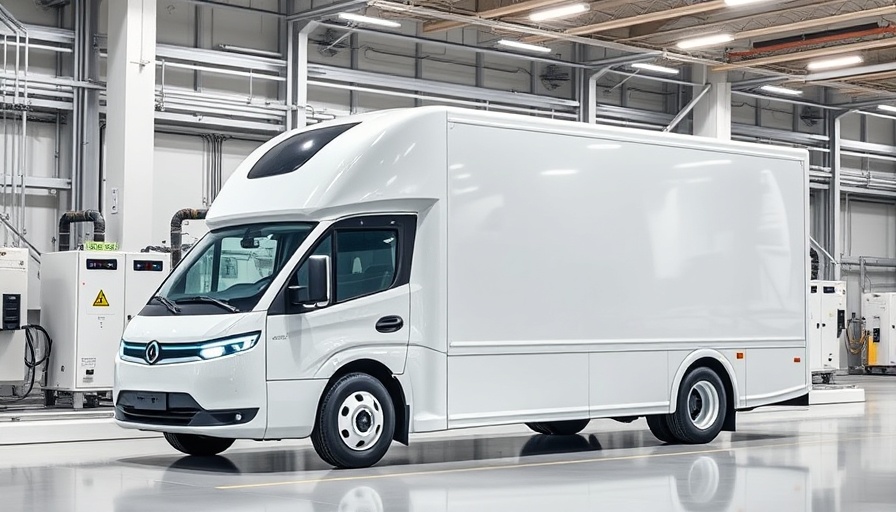
Battery Swapping: A Game-Changer for EV Charging
In urban landscapes like Tokyo, where space is a premium and infrastructure can be a challenge, innovative solutions are needed to meet the growing demand for electric vehicle (EV) charging. One emerging concept that has gained traction is battery swapping, which involves quickly exchanging a depleted battery for a fully charged one. This approach not only addresses the charging speed issues that many EV owners face but also tackles the concern about charging station availability.
What Battery Swapping Means for Tokyo
Ample, a company that specializes in battery swapping technology, believes that if Tokyo can successfully integrate this model, other cities around the globe can follow suit. With Tokyo's densely populated areas and high demand for efficient transportation, battery swapping could significantly reduce EV downtime. Unlike traditional charging, which can take several hours, battery swapping can be completed in minutes—not just saving time but also enhancing the viability of EV ownership in urban settings.
Advantages Over Conventional Charging
While conventional charging stations pose limitations on how quickly drivers can get back on the road, the battery swapping model offers multiple benefits that may appeal not only to individual owners but also to fleet operators. Here are a few reasons why battery swapping may be the future of urban EV infrastructure:
- Speed: Swapping batteries takes just 3-5 minutes, akin to refueling a gasoline vehicle.
- Standardization: It simplifies battery technology for vehicles, possibly accelerating adoption among automakers.
- Energy Management: It allows for better energy distribution and management, enabling batteries to charge during off-peak hours.
The Economic Implications
But what does this mean for dealerships and auto financing? Battery swapping may affect how vehicles are financed. Traditionally, consumers considering a used EV take into account its battery health and replacement costs. With battery swapping, dealerships could promote EVs with swapped batteries, positioning them more competitively against traditional cars. This could potentially influence used car financing rates and make electric vehicles more accessible.
Challenges to Overcome
Despite its potential, battery swapping is not without challenges. The technology requires significant investment in infrastructure and standardization of battery types among different vehicle models. Additionally, consumers might hesitate to adopt battery swapping if they are concerned about ownership of the battery or its lifespan. As dealerships and manufacturers explore this option, understanding how to communicate these benefits will be vital.
Conclusion: The Path Forward
As cities like Tokyo continue to innovate in the EV space, solutions like battery swapping present a promising future for electric mobility. With the right infrastructure, education, and economic incentives in place, urban centers could significantly alter the landscape of vehicle ownership and financing.
For dealerships and operators, keeping an eye on these developments can provide essential insights into market trends that could influence their financing strategies moving forward. Adaptation to such groundbreaking models will not only impact their operations but could also lead to wider acceptance of electric vehicle technology.
Stay informed about the evolving landscape of electric vehicles and explore how to finance your next used car efficiently. Understanding the latest trends and financing options can empower informed decisions in these transformative times.
 Add Row
Add Row  Add
Add 




Write A Comment